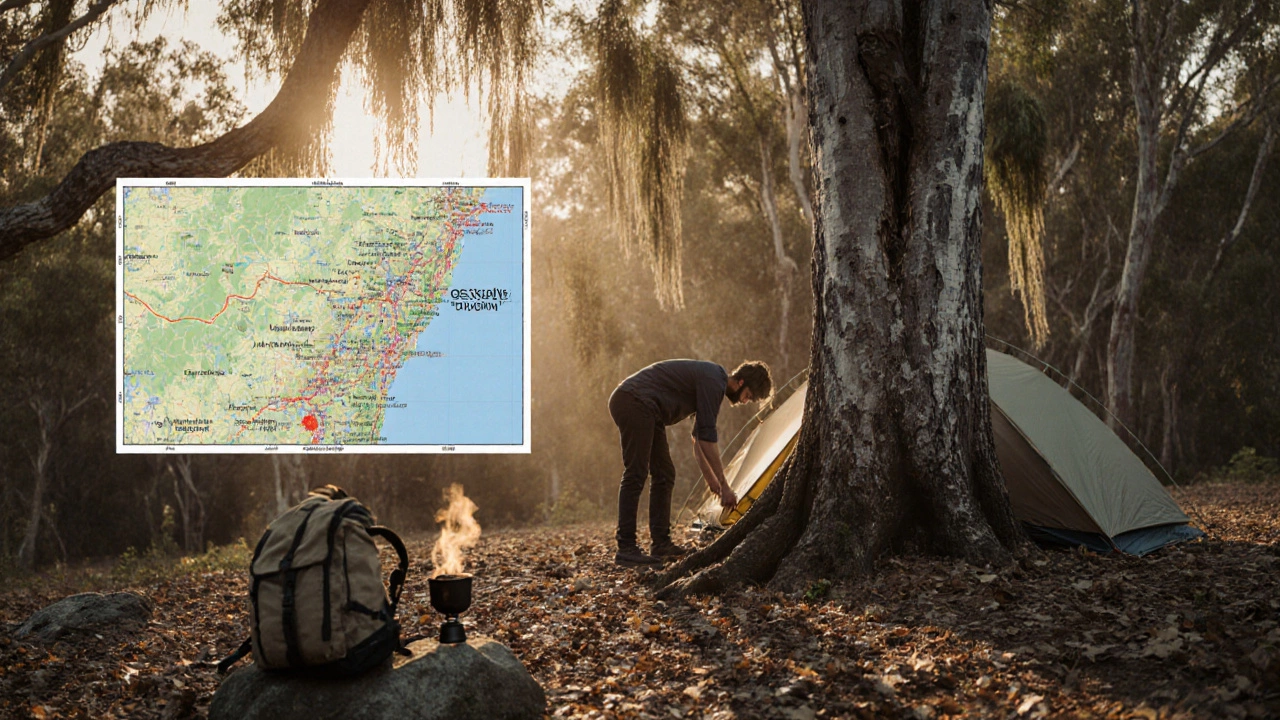Forest Residency: Your Complete Outdoor Stay Guide
When talking about Forest Residency, the practice of staying for extended periods in forested areas, using campsites, motorhomes or glamping setups. Also known as forest stay, it blends the freedom of forest residency with practical planning. This lifestyle isn’t just about pitching a tent; it’s a mix of camping, sleeping outdoors in a tent, RV or similar shelter, motorhome, a self‑contained vehicle that provides living space on wheels comfort, and even glamping, luxury camping with amenities like beds, electricity and chef‑prepared meals. Understanding how each piece fits together helps you turn a simple forest visit into a rewarding residency.
Key Elements That Shape a Forest Residency
First, campsite selection, choosing the right spot based on terrain, water access and local rules is the foundation. A good site reduces setup time, improves safety, and lets you enjoy nature without constant hassle. Second, knowing the legal side matters: wild camping, overnight stays outside designated campsites, is heavily regulated in the UK. While some forests allow it under certain conditions, most require you to stay within managed sites or obtain permits. Third, the vehicle you travel in dictates your comfort level. A motorhome offers built‑in plumbing, heating and storage, which can make a months‑long forest stay feel like home. In contrast, a tent‑only setup demands more lightweight gear and careful planning for water and waste.
Seasonality also plays a huge role. Spring brings blooming trails but also muddy grounds, while autumn offers crisp air and fewer crowds. Summer is popular for glamping pods that let you enjoy forest views without roughing it, and winter demands proper insulation and a reliable heating source. By matching the right season with your preferred accommodation—be it a motorhome, a glamping yurt, or a sturdy tent—you avoid unpleasant surprises like flooded grounds or frozen pipes.
Practical tips round out the picture. Start by mapping out nearby forestry commissions, organizations that manage woodland access and permits or national parks that publish campsite directories. Use apps that show real‑time availability and user reviews to avoid sites that are permanently booked or lack basic amenities. Pack a portable power solution—solar panels or a small generator—especially if you’re in a motorhome without a built‑in hookup. And always practice Leave No Trace: pack out what you bring in, use designated toilet facilities, and respect wildlife corridors.
All these pieces—site choice, legal awareness, vehicle type, seasonal timing, and responsible habits—interlock to create a smooth forest residency experience. Below you’ll find articles that dive deeper into each of these topics, from seasonal camping guides and beach‑camping laws to motorhome buying tips and glamping comparisons. Whether you’re planning a short weekend getaway or a multi‑month woodland adventure, the collection will give you the knowledge you need to hit the road with confidence.
Legal Guide to Living in the Woods: What You Need to Know
Learn the legal rules for living in Australian woods, from permits and zoning to private land consent and penalties. Get step‑by‑step guidance to stay within the law.
